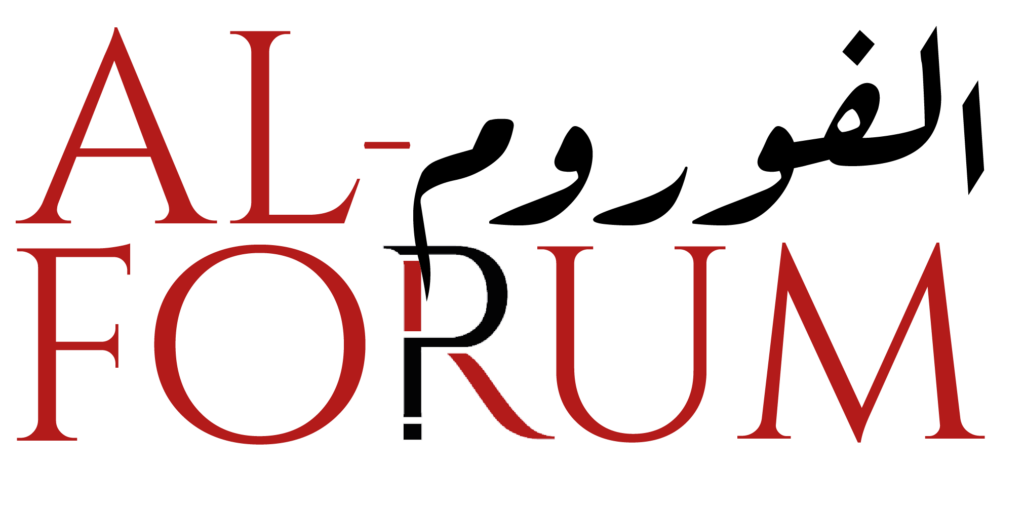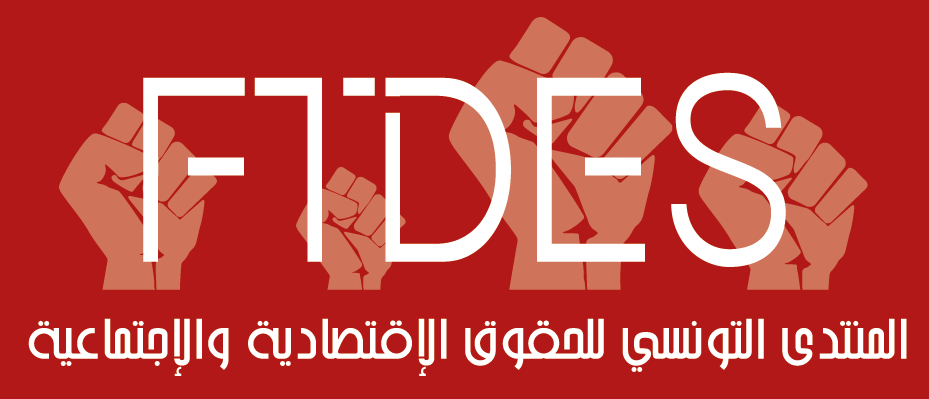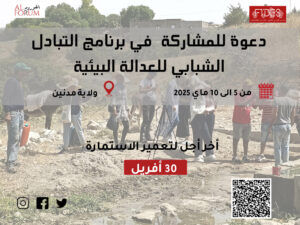Abstract
This article examines the process of protest movement that took place in Jemna in the south-west of Tunisia since 2011, restoring the case of Stil farm (Hensheer Al-Muammar) as a basis of the conflict between the state and the local community over land ownership, exploitation and utilization of the revenues of this oasis. While the state has been defending its right to manage Hensheer Al-Muammar/Stil as a state property, either directly or indirectly, since independence. The local protest movement, which evolved to represent a local social movement, affirms the right of the Jemnian people in their land, which was seized by French colonialism and continued to be acquired by the state. The Revolution of January 2011 is considered the historic opportunity which enabled the inhabitants of the region to be organized locally and restore the property of the palm oasis and benefit from the financial returns for public interest by establishing a collective participatory approach that questions public economic policies






